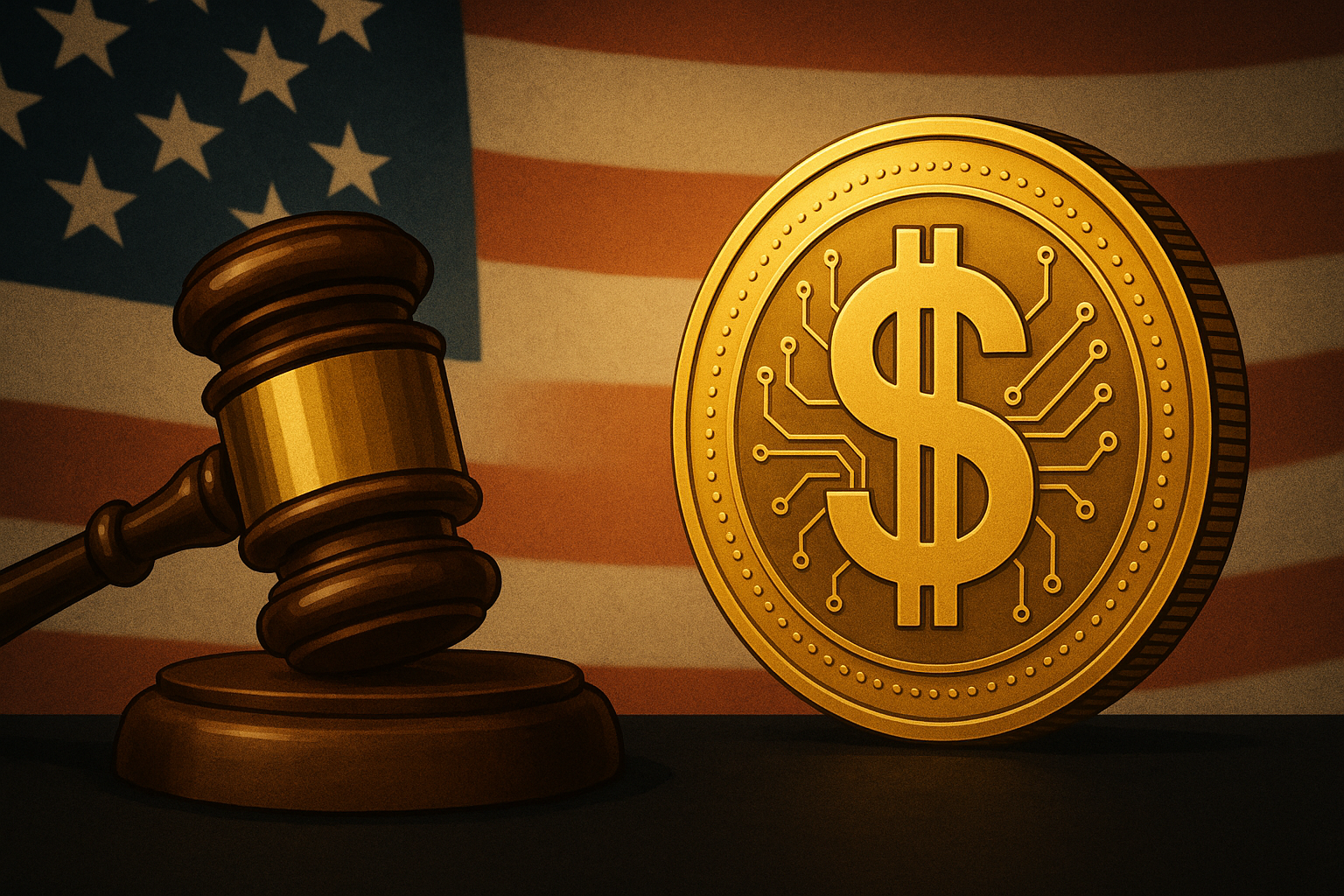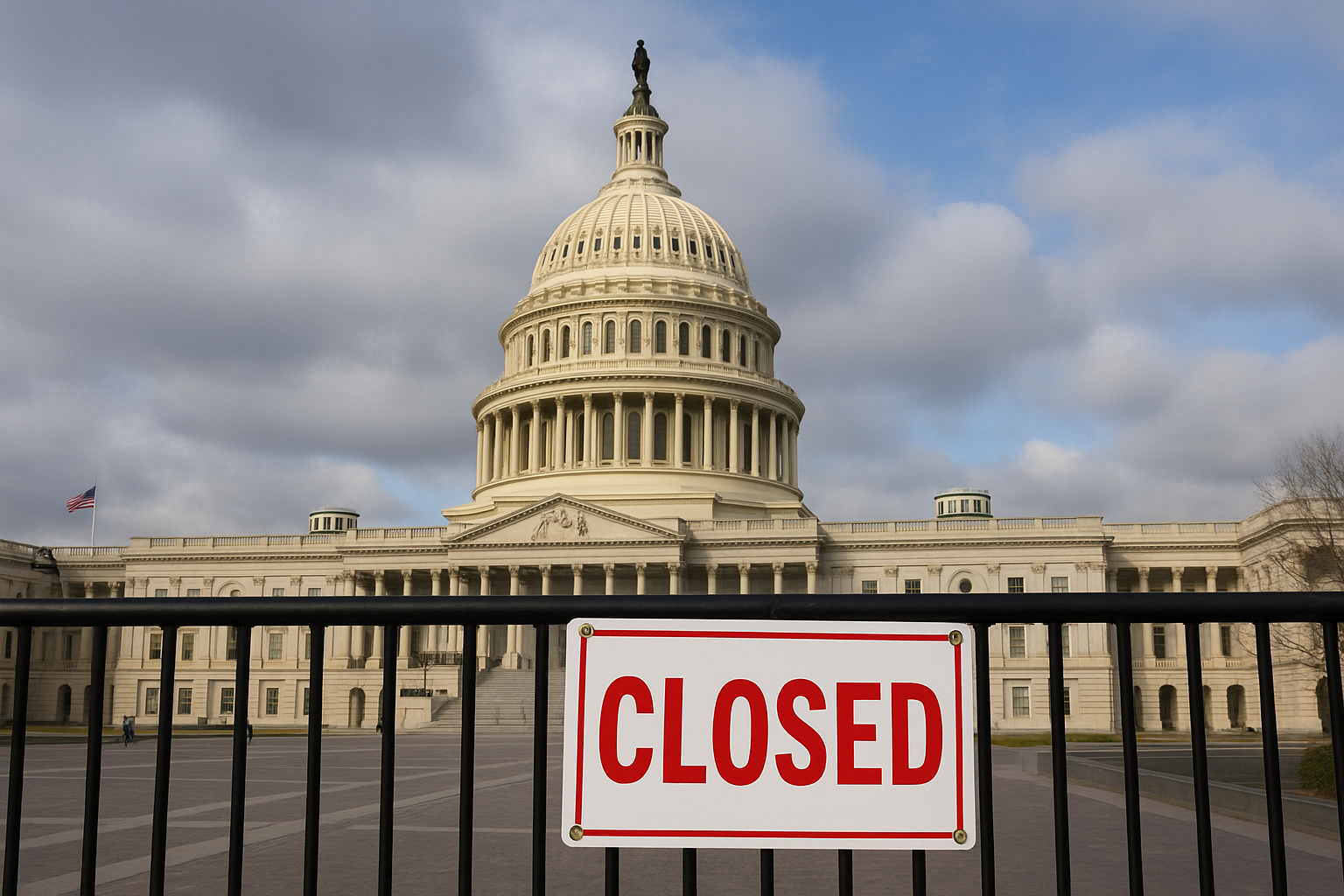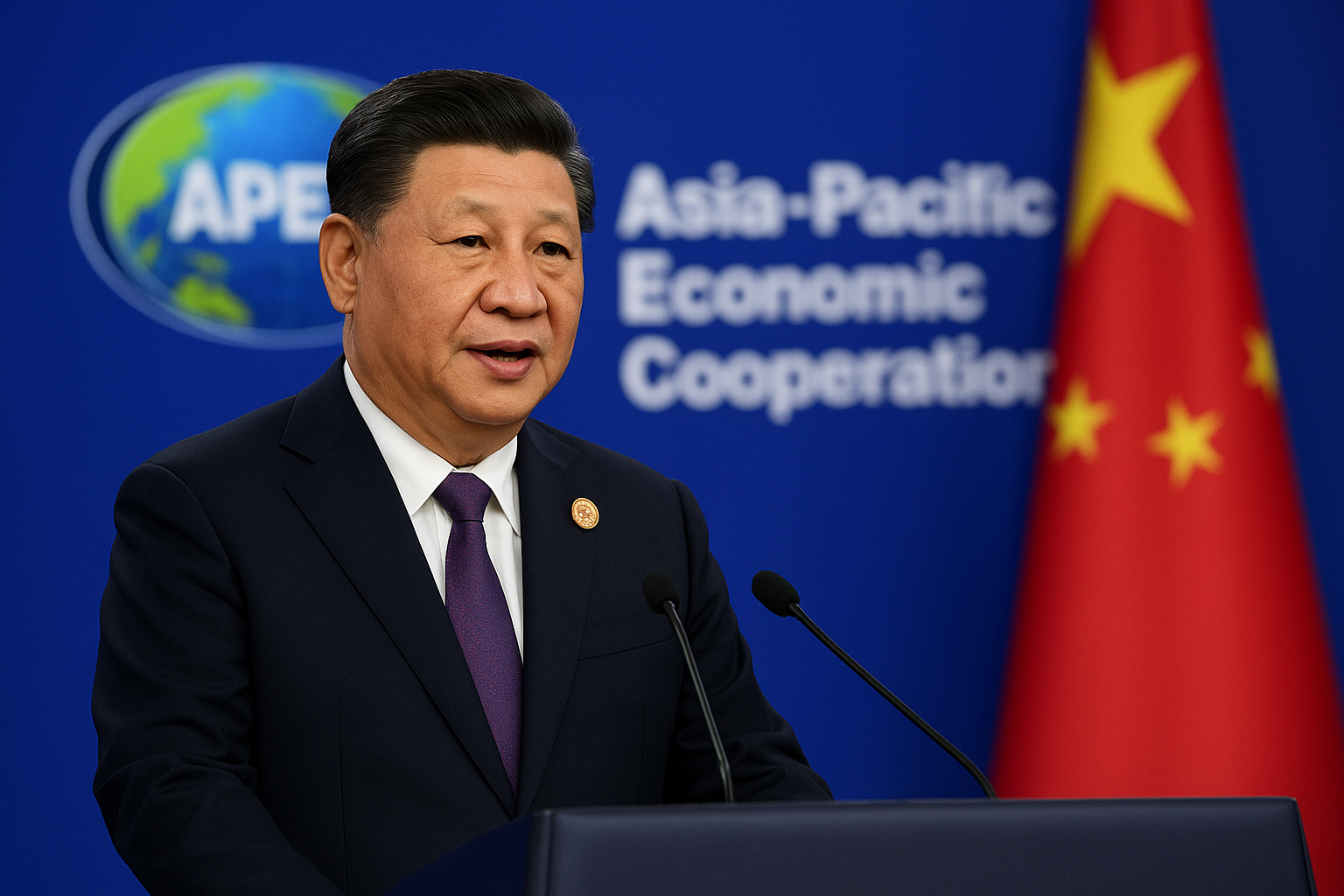Just as the crypto markets regain momentum after months of volatility, a landmark piece of legislation has passed the U.S. Senate with bipartisan support—potentially reshaping the future of stablecoins, investor protections, and the digital asset landscape.
On June 18, the Senate voted 68–30 in favor of the GENIUS Act (Guaranteeing Enhanced National Innovation and U.S. Stability), a comprehensive bill designed to regulate U.S. dollar-backed stablecoins through stringent reserve, audit, and anti-money laundering (AML) requirements. The bill now heads to the House of Representatives, where it is expected to face robust debate—but likely eventual passage.
This is more than regulatory housekeeping. For crypto investors, fintech leaders, and DeFi watchers, the GENIUS Act marks a watershed moment.
Washington Wakes Up to the Stablecoin Surge
Stablecoins have grown into a $160+ billion segment of the digital asset economy, with top issuers like Tether (USDT) and Circle’s USDC commanding global influence. Yet until now, the U.S. has lacked a federal legal framework to oversee how these tokens are issued, audited, and used.
According to a May 2025 report by the Federal Reserve, daily transaction volumes for stablecoins surpassed $20 billion on-chain, and they’re increasingly being used for cross-border payments, remittances, and even collateral for traditional finance.
The GENIUS Act addresses these trends by:
- Mandating 100% reserve backing (cash, Treasuries, or FDIC-insured deposits)
- Requiring monthly independent audits
- Imposing AML and KYC standards on issuers
- Creating a federal registration system overseen by the Treasury and Federal Reserve
“This bill finally puts the U.S. on a path toward stablecoin legitimacy,” said Senator Cynthia Lummis (R-WY), a long-time crypto advocate. “It ensures stability while letting innovation thrive.”
Why This Matters for Investors
This regulatory clarity removes one of the largest overhangs in crypto investing: legal ambiguity. Institutional players—many of whom were wary of stablecoins due to opaque backing and uncertain compliance—now have a clearer framework to assess risk and deploy capital.
Winners:
- Circle (USDC): Already adheres to strict reserves and disclosures. A prime candidate to benefit from the regulatory shift and gain more market share, especially in U.S. markets.
- Fintech payment platforms: Firms like Stripe, Coinbase, and PayPal could integrate compliant stablecoins more aggressively.
- Tokenized finance: Stablecoin-backed DeFi platforms like Aave and Compound may see renewed institutional interest.
Challenged Players:
- Offshore stablecoin issuers like Tether (USDT): May face liquidity flight from U.S.-based exchanges or funds unless they meet compliance thresholds.
- Unregulated DeFi protocols: Will face tighter scrutiny if they facilitate stablecoin flows without proper AML procedures.
Future Trends to Watch
1. House Negotiations and Timeline
While the Senate vote was clear, the House may push for amendments—particularly around data privacy and consumer protections. Investors should monitor committee hearings over the coming weeks.
2. Market Reactions
Look for shifting volumes from USDT to USDC and other compliant coins. Blockchain analytics firms like Nansen and Glassnode are already reporting increased wallet inflows to regulated platforms.
3. Global Ramifications
With MiCA taking effect in the EU and Hong Kong also rolling out stablecoin licensing, the U.S. is entering the global regulatory race. Watch how jurisdictions compete—or align—on standards.
4. Stablecoin Integration in TradFi
Banks and brokerages may now view stablecoins as legitimate digital dollars. JPMorgan’s Onyx platform and Franklin Templeton’s tokenized funds are early bellwethers.
Key Investment Insight
With the GENIUS Act passing the Senate, regulatory risk for stablecoins is materially reduced. Circle (if it goes public), compliant fintechs, and regulated DeFi platforms stand to gain, while offshore tokens face existential threats if they fail to pivot. Now is the time to evaluate exposure to regulated digital assets and assess whether platforms in your portfolio are future-ready.
Investors should also monitor House developments, potential ETF implications, and the response from the SEC and CFTC—who may shift their focus to enforcement rather than legislative lobbying.
For forward-looking investors, this isn’t just a compliance story—it’s a structural shift in how digital dollars interact with global capital flows.
Stay tuned with MoneyNews.Today for critical developments, timely insights, and expert analysis shaping the future of money.





